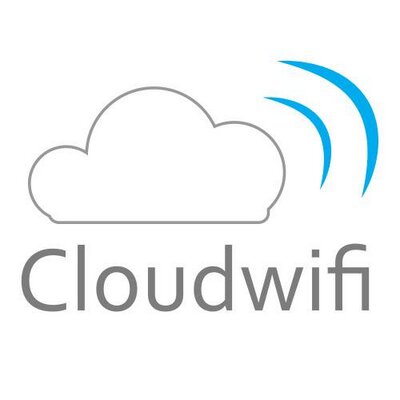
GATINEAU — Cloudwifi and Bell Canada are each asking the CRTC to respond on an expedited basis to their ongoing dispute regarding access to in-building fibre owned by service providers such as Bell.
On December 16, the CRTC issued a notice of consultation asking for comments regarding changes to the framework for access to in-building wire as well as appropriate rates, terms and conditions for in-building fibre connections. The Commission gave interested parties until April 2 to comment, with reply comments due by May 4.
However, Cloudwifi has now submitted a Part 1 application for the CRTC to review and vary its Telecom Decision 2019-419, also issued December 16, in which the Commission rescinded a previous decision ordering Bell to provide access to its in-building fibre to all ISPs at the same tariffs as for in-building copper wire.
Cloudwifi’s review and vary application, submitted January 3, reads in part: “The Commission should set up a process on an expedited basis to give CLECs interim access to fibre inside wire in buildings where inside wire is not available using the copper inside wire tariff. Cloudwifi proposes that this process should be identical to the existing process for access to fibre inside wire which is in place under s. 10 of the Broadcasting Distribution Regulations. This relief would not impose any obligation on fibre inside wire owners which they do not already face under the Broadcasting Distribution Regulations. Without this relief, the right of CLECs to have access to inside wire, which they have had for two decades, will be removed.”
Cloudwifi argues in its application that many new multi-dwelling unit (MDU) buildings contain only fibre inside wire and therefore competitive local exchange carriers cannot access these buildings using the current copper inside wire tariff.
“Since there is only fibre inside wire in many new buildings, it is impossible for CLECs currently to enter these new buildings, unless they install their own inside wire. As a result, a Commission policy which has been in force for two decades, and which is designed to foster competition and end-user choice, is currently inoperative,” Cloudwifi’s application reads.
Cloudwifi concludes by requesting the Commission create an interim fibre inside wire access arrangement, until such a time that tariffs are amended to include access to in-building fibre. “The interim access arrangement should be identical to the fibre inside wire access arrangement used by BDUs in s. 10 of the BDU Regs,” Cloudwifi writes in its application.
Prior to Cloudwifi submitting its review and vary application to the CRTC, Bell had also submitted a request to the Commission, asking it to issue an fix to the December decision on an expedited basis.
In a letter dated December 20, Bell asks for clarification regarding the CRTC’s December 16 decision, as to whether or not third parties using in-building fibre are required to provide lists of MDU addresses and unit numbers, in which fibre is being used, to the fibre wire owner.
Bell points out in its letter that the Commission determined in Telecom Decision 2019-419 that third parties are not entitled to unconstrained use of a LEC’s in-building fibre and should provide advance notice to the fibre owner. As such, Bell says it and other in-building fibre wire owners whose fibre is being used by a third party without their prior knowledge and consent are entitled to an inventory of the fibre property being used by third parties.
In a procedural letter posted to its website on January 7, the CRTC says it considers it appropriate to establish an expedited process for comments to Bell’s request for the issuance of an erratum to the CRTC’s decision. Interested parties may file comments by January 22, and Bell Canada may file reply comments by January 27, the CRTC says in its letter.
As for Cloudwifi’s review and vary application, the CRTC has set February 7 as the deadline for comments for that application.




